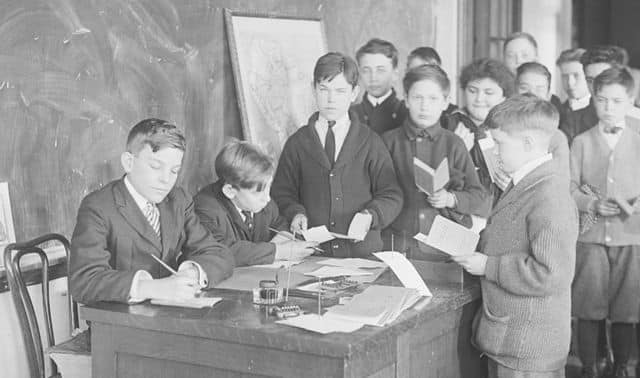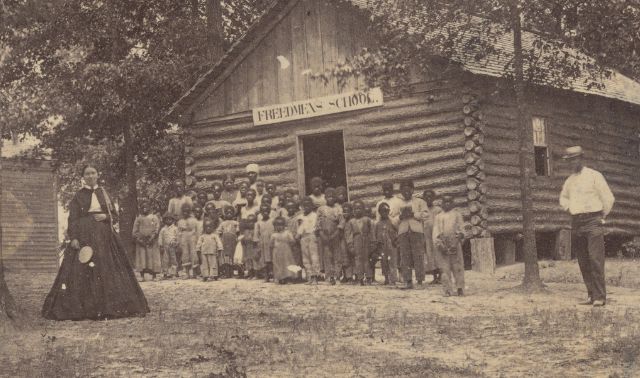Sign up for the Family Tree Newsletter Plus, you’ll receive our 10 Essential Genealogy Research Forms PDF as a special thank you!
Get Your Free Genealogy Forms
"*" indicates required fields

Voter records (registration lists, registration certificates and voter registration cards) can provide valuable information for your genealogical research. Not only can they help you track your ancestor as they moved, but voter records can also help you verify the residence of a person in lieu of a lost the lost 1890 census.
Here, we’ll go over how to begin your search for your ancestor’s voter records, as well as how to research in various states and counties.
State and local archives and libraries, town halls, and the Family History Library (FHL) may have town or county lists of registered voters or those who paid poll taxes.
ADVERTISEMENT
Search your ancestral state archives website for voting, and try running a keyword search of the FHL online catalog on the town, county or state name and the word voting. Subscription website Ancestry.com has some voting-related records and digitized books, so if you’re a member, run the same search of its online catalog.
Here are some examples of the records you can find for various states and counties:
- Every four years from 1803 to 1911, Ohio counted men age 21 and older in various counties to determine voting districts. These quadrennial enumerations are on FHL microfilm and in some local genealogical society collections. An 1863 list of Fallsbury Township voters is part of RootsWeb’s free Tax and Voter lists search.
- Chicago voter records, which can help you substitute for the missing 1890 census, are available for 1888, 1888 to 1890, and 1892, at the FHL, as is a 1937 voter registration list. Lists for 1888, 1890 and 1892 are on Ancestry.com.
- For New York, Ancestry.com also has a list of registered voters in 1880, as well as digitized books of poll lists for 1761 and 1765.
- California‘s “Great Registers” are county voting registers compiled roughly every two years. Early registers included naturalization data and even physical descriptions. The state library has registers from 1866 to 1898 and 1900 to 1944, and registers from 1900 to 1968 are on subscription site Ancestry.com. They’re also on microfilm by county at the FHL.
- Arizona has similar Great Registers, located at the Arizona State Library and on FHL microfilm.
- In Kansas, members of the New England Emigrant Aid Society are thought to have settled the area in order to influence voting on the slavery issue. A list of those individuals and the territorial citizens deemed eligible to vote in 1856 is free on the Kansas GenWeb site.
- The Wyoming state archives’ collection includes poll lists for various counties (type voting into the search box on the home page). You’ll find voting lists for part of Fremont County from 1907 to 1913 on microfiche at the FHL.
- Massachusetts towns kept lists of freemen (landowning men of legal age, usually 21 but as young as 16) who were eligible to vote. An 1890 list of poll tax payers for the town of Maynard is part of RootsWeb’s free database of tax and voter lists. The state library has voting lists along with city directories in its special collections.
Last Updated: September 2020
ADVERTISEMENT
ADVERTISEMENT




